Race and Ethnicity: White
aka: Selden-Scott Duel
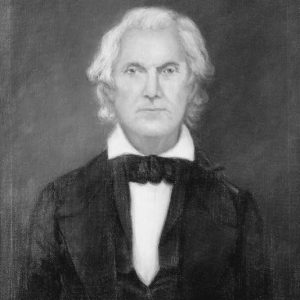 Andrew Scott
Andrew Scott
Scott, Andrew Horatio
Scott, Bob
 Bob Scott
Bob Scott
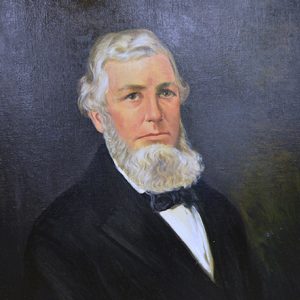 Christopher C. Scott
Christopher C. Scott
Scott, Christopher Columbus
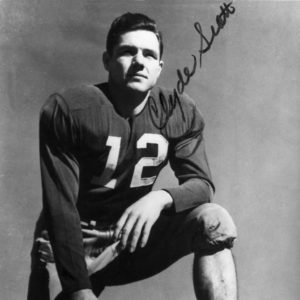 Clyde Scott
Clyde Scott
Scott, Clyde Luther “Smackover”
Scott, Dortha Delena Shaw
Scott, George Washington
Scott, James Powell
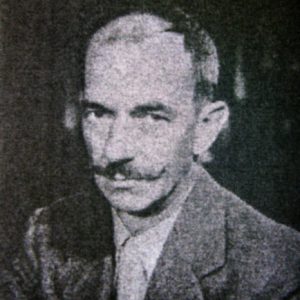 James Scott
James Scott
Scott, Melissa Elaine
Scott, Ralph Downing, Sr.
 Suzanne Scudder
Suzanne Scudder
Seamster, Lee A.
Searcy and West Point, Scout to
Searcy County Draft War
Searcy, Richard
Searle, Elhanan J.
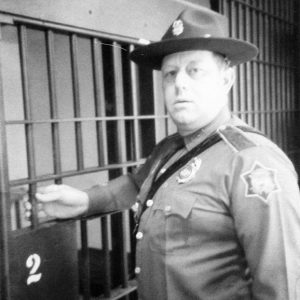 Eddie Seaton
Eddie Seaton
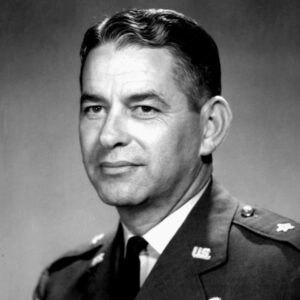 William T. Seawell
William T. Seawell
 William Sebastian
William Sebastian
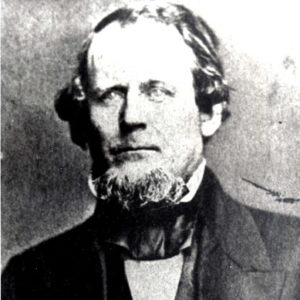 William Sebastian
William Sebastian
Sebastian, William King
Second Arkansas Cavalry (CS)
Second Arkansas Infantry (CS)
Second Arkansas Infantry (US)
Second Arkansas Infantry Battalion (CS)
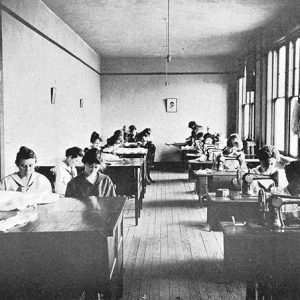 Second District Agricultural School Domestic Science
Second District Agricultural School Domestic Science
 Second District Agricultural School Football Team
Second District Agricultural School Football Team
 Security Bank
Security Bank
 Seed-of-Hope
Seed-of-Hope
Segraves, Warren Dennis
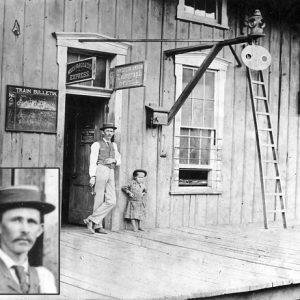 Segregated Waiting Room
Segregated Waiting Room
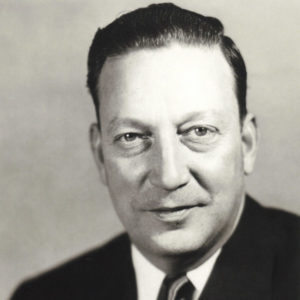 Bill Seiz
Bill Seiz
Seiz, Bill
aka: William Augustav Seiz
Selden, Joseph
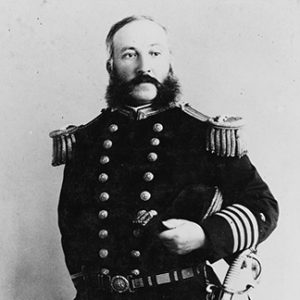 Thomas O. Selfridge
Thomas O. Selfridge
Selig, Helen Elizabeth Boyd
Sellers, Barney
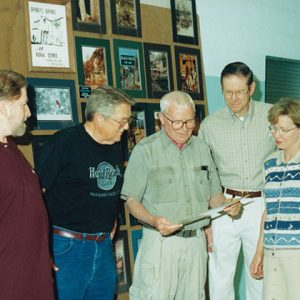 Barney Sellers
Barney Sellers
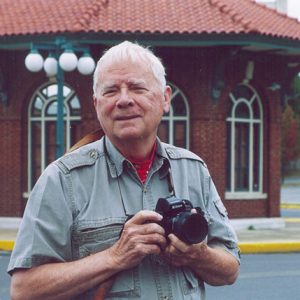 Barney Sellers
Barney Sellers
Selph, Carey
 Semmes Law Firm
Semmes Law Firm
Semmes, Samuel Spencer
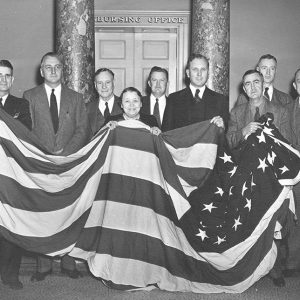 Senators and Representative: 1938
Senators and Representative: 1938
 Setting Backfire
Setting Backfire




